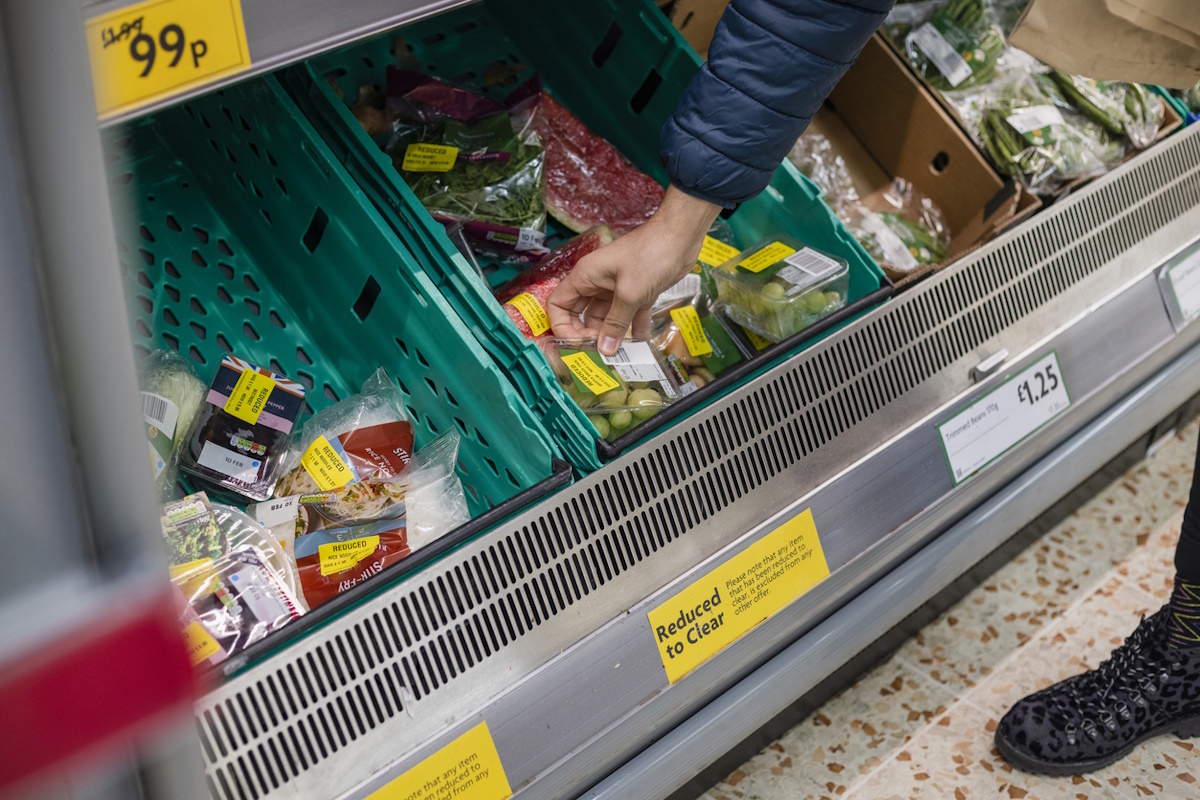Addressing overstocking to boost the bottom line

Karel Schindler at ROI Hunter offers some advice on how retailers can solve their stocking issues – and ultimately, win back profitability
Post-pandemic economic shifts have had senior executives in the retail sector on high alert. Despite recent easing, persistently high inflation has eroded budget values and led to drastic cuts. Business decision-makers have been compelled to make difficult decisions, including redundancies, to keep operations running. Turbulent economic conditions have also caused 43% of consumers to be more cautious with how and where they spend their money, according to our own research.
Despite cost-cutting efforts, another critical challenge has been silently escalating. According to our research, retailers risk substantial annual losses, averaging £3.5 million in revenue, due to unsold inventory. This yearly financial hit not only threatens short-term profitability but also jeopardises the sustainability of long-term operation. The pressing question for retail leaders is this: What’s driving this overstocking crisis, and what strategies can they, their CFOs and marketing departments employ to steer their companies towards boosting the bottom line?
Where excess stock is being accrued
Historically, retailers have strategically overstocked products to buffer against potential shortages in the event of a sudden surge in consumer demand. This preventative measure aimed to avert the risk of customer dissatisfaction and revenue loss.
However, recent global events have supercharged this practice. The pandemic’s onset in 2020 first sent shockwaves through supply chains, leading to panic-induced overbuying amid lockdown uncertainties. Compounding these challenges, Brexit-induced bottlenecks and the ongoing conflict in Ukraine have further complicated stocking strategies, leading to delays in inventory reaching warehouses and continuous instability in global supply logistics.
This strategic overstocking faced a stark reality check during the 2022 holiday season. Retailers faced a forecasting misstep as consumers shifted back to in-store shopping, leading to a slump in online sales. Accompanying this shift was a change in consumer purchasing behaviours, notably a reduction in spending on high-ticket items amidst the escalating cost of living crisis. A notable casualty as a result of these challenges was Made.com’s transition into administration.
Early this year, an excess of products from last season led numerous retailers to apply heavy discounts to out-of-season deadstock. This was a last resort to prevent the scenario of dispatching it to landfills, an unsustainable option and a potential PR disaster for retailers to deal with. Now, our research finds, 62% of retailers still say overstocking is a huge challenge.
Adding to stock volumes
Amidst external pressures, retail executives are tasked with reevaluating the marketing and promotional strategies deployed by their teams to keep stock moving. The arrival of new products, especially those in line with seasonal trends, offers the potential for a sales increase and a positive impact on the bottom line. Immediate and strategic action is essential to maximise marketing efforts, effectively engage customers, and boost sales, turning new stock into profitable revenue.
Advertising campaigns on ad networks like Meta and Google typically take up to two weeks to become fully optimized and effective in promoting these new products. By this time, the prime window for peak sales may have already closed. Retailers risk missing out on critical sales opportunities, and a buildup of unfashionable or out-of-season stock can pile up in the warehouse.
Adopting a data-driven strategy
The solution to the overstocking problem hinges on harnessing product performance data, ensuring that the strategies of both the commercial and marketing departments are informed and effective.
At the moment, over half (56%) of retailers find themselves without clear visibility into which products might end up as deadstock. This gap in data-driven decision-making can directly impact the company’s profitability and pose a risk to financial performance.
Marketing teams can leverage product performance metrics to identify and monitor items at risk of becoming deadstock, allowing them to tailor their strategies effectively. By tracking product performance and comparing the amount of ad spend aggregated on a specific SKU against the number of transactions over a given time, and the age of a given product in the catalogue, marketers can determine whether it’s simply a new product (age is lower than one week), or one that’s destined to become deadstock (no transactions over a long time period, and generally zero ad spend). Once the future deadstock is identified, marketers can set the appropriate strategy.
When it comes to newly arrived/seasonal stock, marketers should be sure they have budget behind these products while they’re most relevant, keeping the sell-through rate high. To enhance the algorithms with this goal in mind, marketers should identify these items with an age filter, and create a separate campaign for them with its own budget.
Improved commercial decisions can also be made with insight into the spend behind products. Knowing the true cost of each product from purchase through sale enables purchasing teams to optimise their decisions for profitability. Understanding if a product failed to sell due to its price or a lack of promotion enables merchandising teams to be more informed when deciding whether or not to discount.
Regardless of economic uncertainty or changing consumer habits, shared information on product performance can enable retailers to make the right decisions for the long-term viability of their business.
Overcoming the crisis
For business leaders, addressing the overstocking challenge is crucial to maintaining financial stability amidst ongoing economic strain.
Product performance data empowers informed decision-making, enabling the optimisation of product promotions and commercial decisions. By identifying potential deadstock and prioritising new product visibility, retail teams can help their organisation navigate economic challenges and bolster profitability.
Karel Schindler is CEO of ROI Hunter
Main image courtesy of iStockPhoto.com

Business Reporter Team
Most Viewed
Winston House, 3rd Floor, Units 306-309, 2-4 Dollis Park, London, N3 1HF
23-29 Hendon Lane, London, N3 1RT
020 8349 4363
© 2024, Lyonsdown Limited. Business Reporter® is a registered trademark of Lyonsdown Ltd. VAT registration number: 830519543





